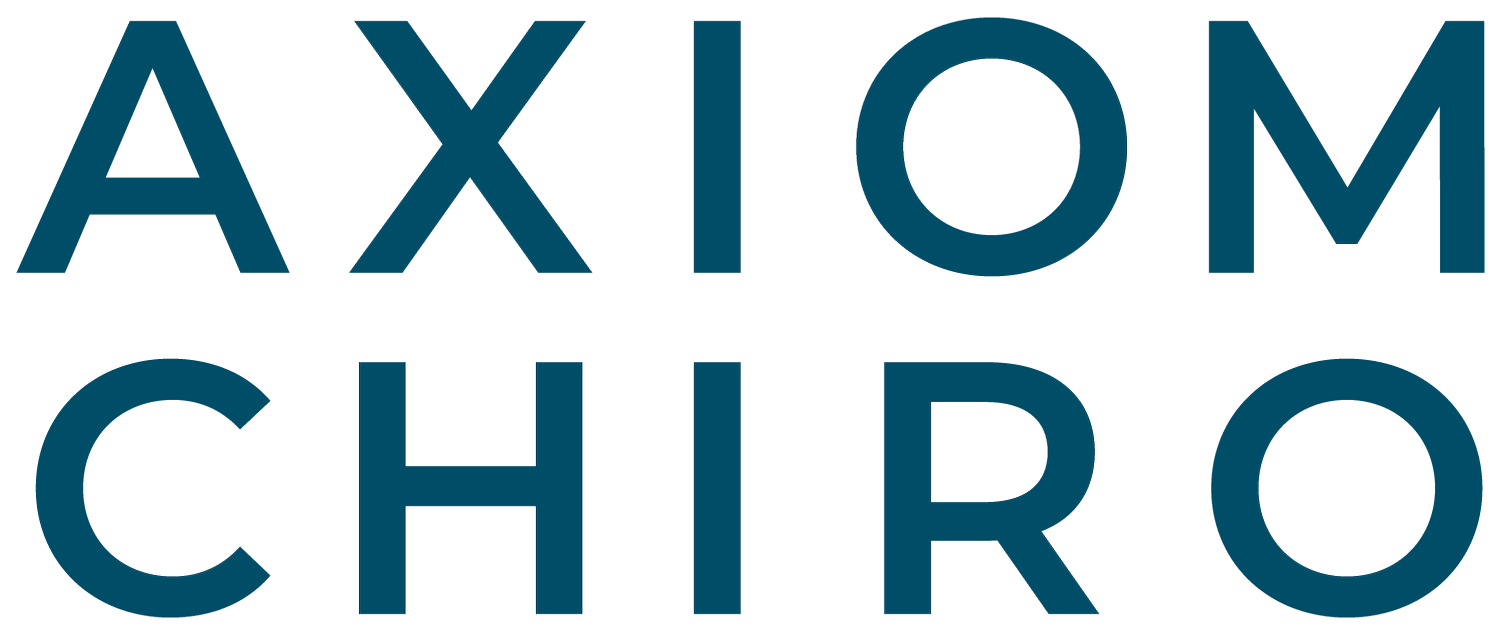Can a Calgary Chiropractor Help With Scoliosis?
Scoliosis is common.
In Canada, estimates place adolescent idiopathic scoliosis (AIS) at 2–3% of youth, which translates to roughly 120,000–180,000 Canadian adolescents—enough to fill the Saddledome several times over. That’s a lot of teens—and families—navigating questions about curves, pain, and next steps.
If you’re searching “chiropractor near me” for scoliosis help, you’re really looking for two things: realistic expectations and a plan you can stick with.
This article gives you both, guided by what research says chiropractic care can (and can’t) do, when to loop in other providers, and how to build a home routine that actually moves the needle.
What scoliosis is (and isn’t)
Scoliosis is a three-dimensional curve of the spine measured by the Cobb angle; a Cobb angle of 10° or more is required for diagnosis. It often shows up as uneven shoulders, rib prominence, or a “C- or S-shaped” curve on X-ray.
Symptoms vary—some people have stiffness or fatigue with long standing or sitting; others report little pain at all. As a Calgary chiropractor, my role starts with clarity: structure and symptoms are related but not identical.
Treat the person, measure the curve, and make decisions based on both. There is no such thing as a “scoliosis chiropractor” Every chiropractor is trained to detect and correct scoliotic related injuries or symptoms.
What Calgary chiropractic care can realistically do
Chiropractic care can help with scoliosis-related pain and function, especially in the short term, but it is not proven to permanently straighten curves. That’s why expectation setting matters when you meet a chiropractor Calgary patients trust—we focus on what’s changeable (pain, stiffness, mobility, confidence) while monitoring what’s structural (the Cobb angle).
For most adolescents, curves are observed and sometimes braced; surgery is generally reserved for larger curves. Bottom line: chiropractic can be a helpful adjunct to a broader plan, not a guaranteed curve-correction strategy.
Expectation setting and care planning
At Axiom Chiropractic, the plan is simple and transparent. Early care may be a bit more frequent, then we taper as your self-management grows and your day feels easier. We’ll track progress with pain/function scales, activity goals (stairs, gym class, sitting tolerance), and periodic check-ins.
If you’re comparing options after searching “chiropractor near me,” look for a clinic that spells out timelines, milestones, and when to reassess or co-manage. That clarity keeps everyone rowing in the same direction.
Scoliosis-informed chiropractic approaches
Chiropractic for scoliosis should be gentle, graded, and patient-specific. We blend low-force joint work or mobilization with soft-tissue techniques to reduce guarding and improve motion you can actually use. Then we add sensorimotor retraining—think posture awareness, balance, and controlled movement patterns—so gains stick in real life.
As a Calgary chiropractor, I’ll match techniques to your comfort and tolerance, prioritizing safety while we build capacity. Expect short sessions of coaching so you know exactly what to practice at home.
When specialized protocols may help
For some, a scoliosis-specific approach that focuses on repositioning, targeted stretching/strengthening, and brain–body retraining can be valuable.
These protocols emphasize three pillars:
Loosening what’s rigid
Teaching the spine a better “default” position, and
Reinforcing that position with practice. Progress depends on curve type/rigidity, age, and—crucially—your commitment between visits.
We’ll discuss whether elements of a specialized protocol fit your case and how to integrate them without overwhelm. Quick fixes aren’t the goal; sustainable gains are.
Bracing, exercise, and co-management
In growing adolescents, observation and bracing are the mainstays when curves reach specific thresholds or show progression. Adults typically focus on symptom management, strength, and mobility while monitoring for change.
As a chiropractor Calgary families work with, I coordinate with family physicians, physiotherapists, and (when indicated) scoliosis specialists to ensure you’re on the right track. Team care isn’t a last resort—it’s smart planning.
At-home foundations that reinforce clinic gains
A small, consistent routine outperforms a giant, sporadic one—every time. Your scoliosis “base” should include:
Mobility to reduce stiffness,
Core/hip strength for control, and
Breathing and posture drills to “teach” your new normal. Aim for 10–12 minutes, 5–6 days/week.
Here’s a starter set:
Mobility (daily)
Cat-cow x 8–10 slow reps
Child’s pose breathing x 4–6 breaths (expand the “tight” side)
Supported hip hinge x 5 practice reps
Strength (3–4 days/week)
Bridges 2–3×10–12
Bird-dog 2–3×6–8/side (slow, controlled)
Side-lying leg lifts or clamshells 2–3×10–15
Posture & pacing (workdays/schooldays)
30/30 rule: every 30 minutes, move for 30–60 seconds
Alternate sitting/standing positions when possible
Light walk (5–10 minutes) after long meetings or classes
If you’re searching “chiropractor near me,” ask whether the clinic provides written homework and progression steps—you deserve clarity you can reference.
When imaging or surgical opinions are appropriate
Certain curve sizes and patterns merit additional opinions. As a general guide, adolescents with curves 30–40° are often braced, 40–50° may be braced or considered for surgery, and >50° typically prompts a surgical consult—especially if growth remains.
Adults with rapid changes, progressive neurologic signs, or unremitting night pain also warrant medical work-up. We’ll never guess; we’ll measure, monitor, and coordinate. That’s the advantage of a team approach in Calgary.
When to Visit a Chiropractor in Calgary
Recognizing the Right Time for Care
There’s no “perfect” time to visit a chiropractor—but there are some signs your body is ready for help. Look out for:
Recurring or persistent pain (especially in the back, neck, or joints)
Reduced flexibility or stiffness
Headaches or migraines
Numbness, tingling, or muscle weakness
Postural changes or imbalance
Difficulty recovering from a workout or injury
You don’t need a referral in Alberta to see a chiropractor, so booking an appointment is easy! It’s also important to know, is chiropractic covered by Alberta Health Care? Whether you’re managing pain, looking for answers, or just want to move and feel better, we’re here to help.




